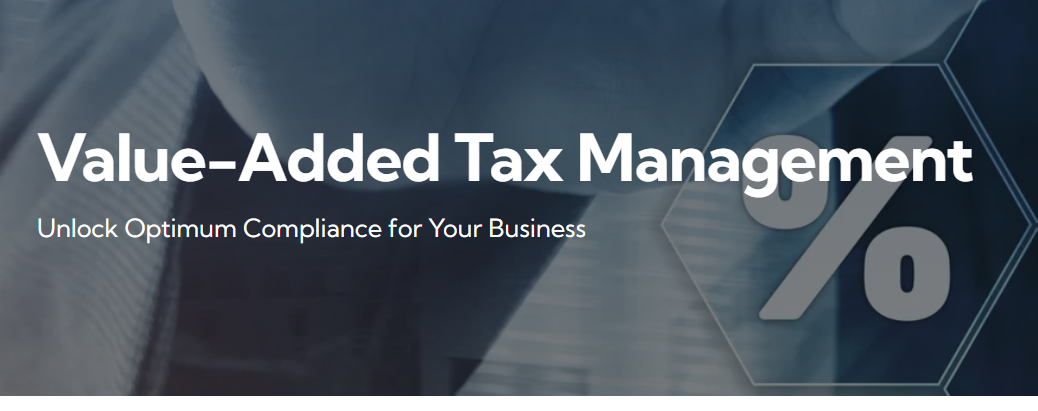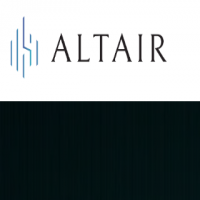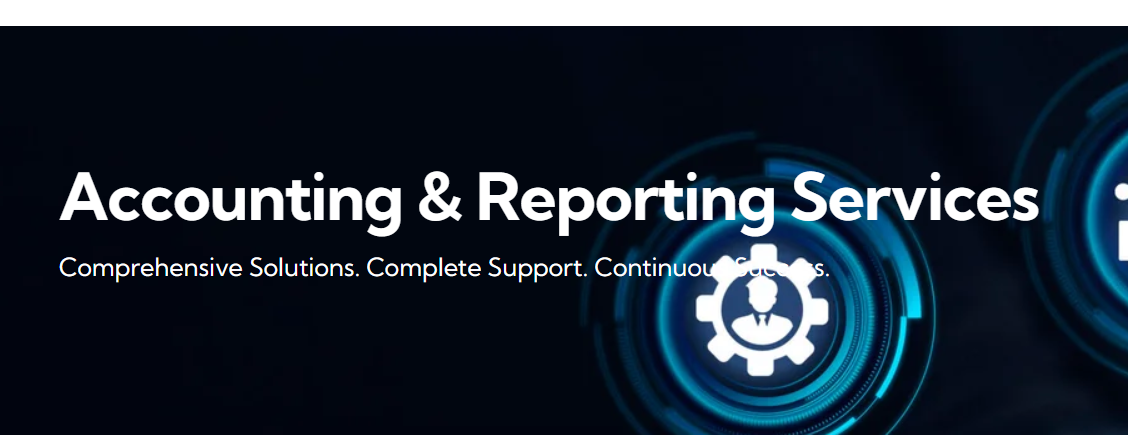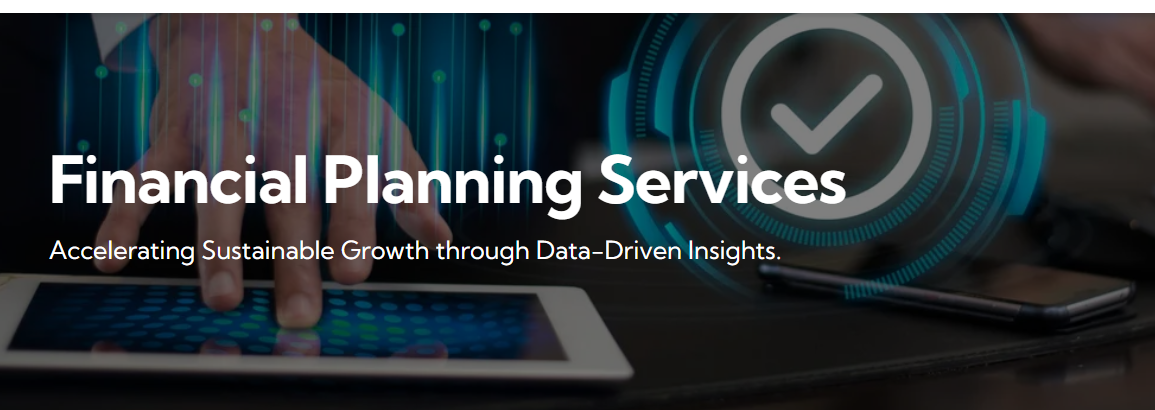Value-Added Tax Management: Strategies for Efficiency and Compliance

Value-Added Tax (VAT) is a consumption tax applied to goods and services at each stage of production and distribution. Effective VAT management is crucial for businesses to ensure compliance with tax regulations, optimize cash flow, and minimize risks associated with incorrect filings or penalties. This article explores the key aspects of VAT management and best practices for businesses to handle their VAT obligations efficiently.
Understanding VAT and Its Implications
VAT is levied incrementally on the value added at each stage of production and distribution. Businesses collect VAT from customers on behalf of the government and can reclaim the VAT paid on their purchases. Proper VAT management ensures businesses maintain accurate records, comply with tax laws, and avoid unnecessary financial burdens.
Key Components of VAT Management
Registration and ComplianceBusinesses meeting the prescribed turnover threshold must register for VAT with the relevant tax authority. Non-compliance can lead to fines, interest on unpaid taxes, or legal consequences.
Accurate Invoicing and Record-KeepingProper documentation is critical for VAT management. Businesses must issue VAT-compliant invoices, which include essential details such as the VAT registration number, invoice date, VAT rate, and total amount. Keeping accurate records simplifies tax audits and improves transparency.
VAT Calculation and FilingBusinesses must accurately calculate their VAT liabilities by determining the difference between output VAT (collected from sales) and input VAT (paid on purchases). Regular filing of VAT returns with tax authorities ensures compliance and helps businesses avoid penalties.
VAT Refunds and DeductionsCompanies can claim VAT refunds for eligible purchases used in business operations. Ensuring that input VAT claims are supported by valid invoices and receipts is essential to avoid disputes with tax authorities.
Cross-Border VAT ConsiderationsFor businesses engaged in international trade, VAT treatment can be complex. Import VAT, reverse charge mechanisms, and intra-community supplies (within the European Union) require a thorough understanding of VAT regulations in different jurisdictions.
Best Practices for Effective VAT Management
Implement an Automated VAT SystemUsing accounting software with VAT compliance features can streamline VAT calculations, invoice generation, and return filing, reducing the risk of errors.
Stay Updated with Tax RegulationsTax laws frequently change, and businesses must stay informed about new VAT rates, exemptions, or reporting requirements to maintain compliance.
Conduct Regular VAT AuditsPeriodic internal audits help businesses identify discrepancies, rectify errors, and ensure that VAT filings are accurate and up to date.
Train Employees on VAT ComplianceProviding employees with VAT training ensures that they understand invoicing requirements, tax calculations, and proper documentation, reducing the likelihood of mistakes.
Seek Professional AssistanceConsulting tax professionals or VAT specialists can help businesses navigate complex VAT scenarios, handle disputes with tax authorities, and optimize tax strategies.
Effective Value-Added Tax Management: Ensuring Compliance and Enhancing Business Performance
Value-Added Tax (VAT) is a significant source of revenue for governments worldwide and a vital consideration for businesses operating in regions where VAT is applicable. Managing VAT efficiently is essential for legal compliance, financial accuracy, and operational success. This article delves into the concept of VAT management, its core elements, and how businesses can handle VAT responsibilities effectively.
What is Value-Added Tax (VAT)?
VAT is an indirect tax imposed on the value added to goods and services at each stage of the supply chain. Businesses collect VAT on behalf of the government when they sell goods or services and are entitled to reclaim VAT they’ve paid on business-related purchases. Proper VAT management ensures that the tax is collected and remitted accurately, avoiding costly errors and penalties.
Key Elements of VAT Management
VAT RegistrationBusinesses that exceed a certain turnover threshold must register for VAT. Timely registration is crucial to avoid legal repercussions and to enable proper tax accounting from the outset.
Invoicing and DocumentationVAT-compliant invoicing includes vital details such as the supplier's VAT number, invoice date, and the applicable VAT rate. Businesses must maintain clear and organized records to support their VAT returns and potential audits.
Accurate VAT AccountingA core part of VAT management is the accurate calculation of net VAT payable, which is the difference between output VAT (on sales) and input VAT (on purchases). Mistakes in this process can lead to financial penalties or missed tax credits.
Timely VAT ReturnsBusinesses are required to submit VAT returns periodically. These returns summarize VAT collected and paid, and must be submitted within specified deadlines to remain compliant.
VAT Audits and ReviewsPeriodic internal reviews help detect discrepancies and ensure ongoing compliance. In case of government audits, having thorough documentation and transparent records can prevent fines.
Strategies for Effective VAT Management
Adopt Digital ToolsModern accounting software can automate VAT calculations, generate compliant invoices, and streamline return submissions, reducing human error.
Stay Informed on Legislative ChangesTax regulations are subject to change. Businesses should monitor updates to VAT laws and adjust their procedures accordingly to maintain compliance.
Employee Training and AwarenessStaff involved in finance and sales must understand VAT rules to issue accurate invoices and ensure proper documentation.
Consult with Tax ExpertsProfessional advisors can provide insights into complex VAT issues, help navigate cross-border VAT requirements, and identify opportunities for savings.
Reconcile RegularlyFrequent reconciliations of VAT accounts with actual transactions ensure accuracy in reporting and reduce the risk of discrepancies.
Conclusion
Effective VAT management is more than a regulatory requirement; it’s a critical component of sound financial governance. By implementing structured processes, leveraging technology, and staying current with tax laws, businesses can ensure compliance, minimize tax liabilities, and improve overall financial health. In an increasingly globalized economy, mastering VAT management offers a competitive advantage and reinforces a company’s credibility and reliability in the marketplace.
Note: IndiBlogHub features both user-submitted and editorial content. We do not verify third-party contributions. Read our Disclaimer and Privacy Policyfor details.




